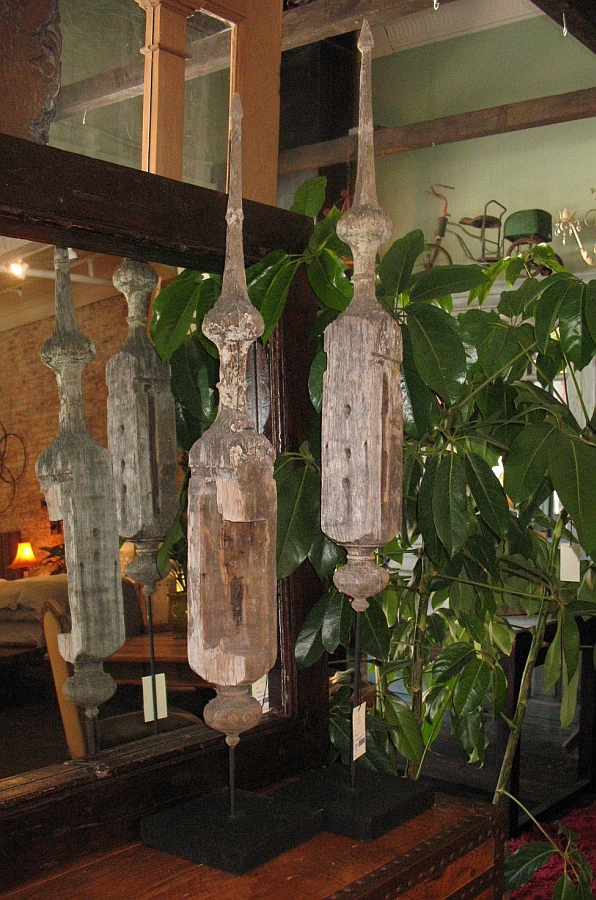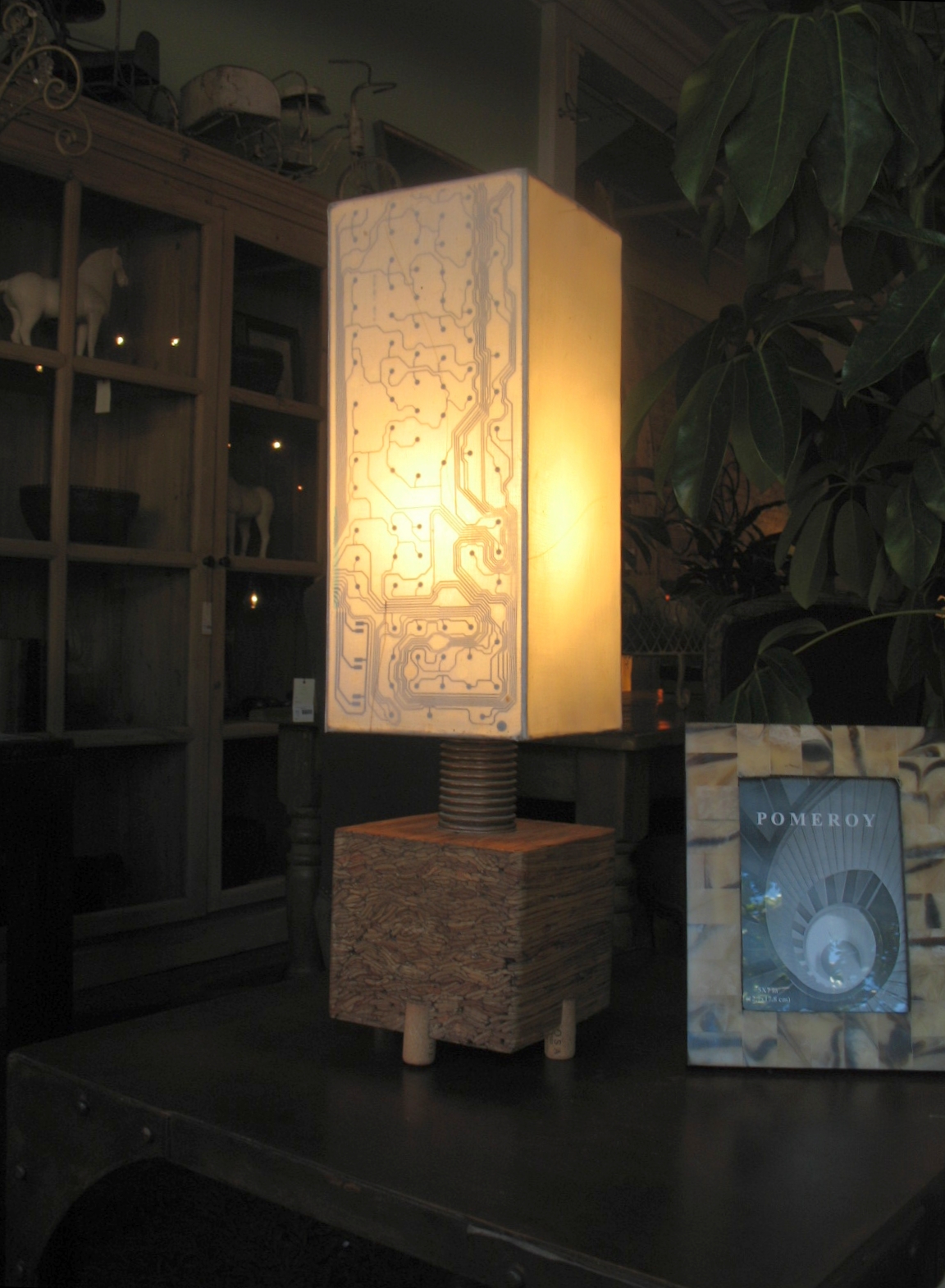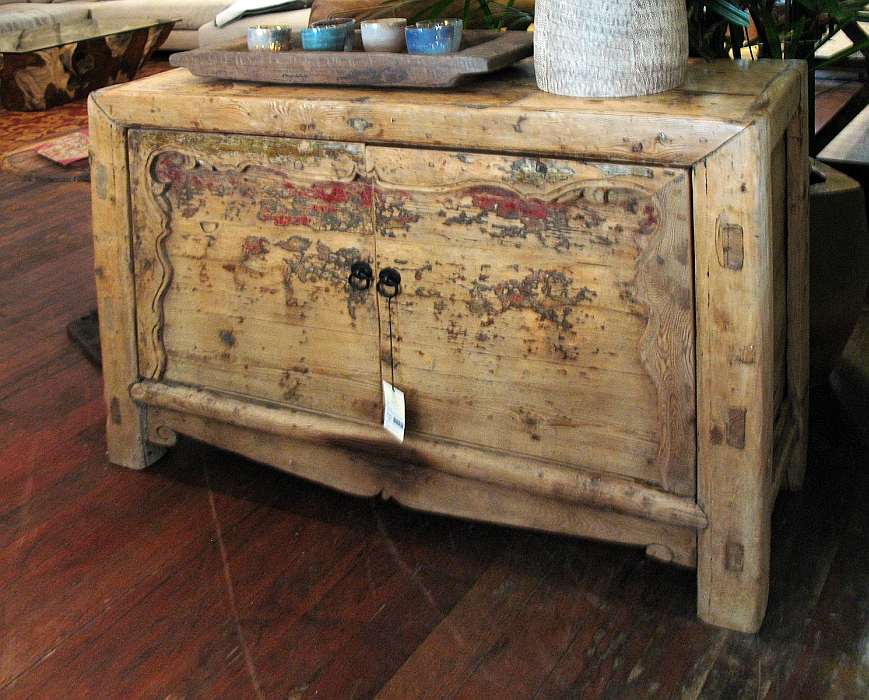As an interior designer, it’s always exciting to browse for decorative accessories, either at local showrooms or in my travels (which sometimes take on the proportions of a treasure hunt!). Since I love upcyling my clients’ cherished possessions by redesigning them for a ‘second life’ in their homes, these shopping trips are also great for seeing the latest trends in adaptive reuse of everyday products that would otherwise be consigned to the garbage dump.
On a recent trip down the Central Coast, I was able to check out furnishings showrooms between jaunts to wineries and tasting rooms. This definitely upped the pleasure quotient even though showroom hopping was admittedly fun enough! Although there were less high end accessories available compared to the Bay Area, I was very impressed by the variety and selection nonetheless.
It was awesome to see the abundance of accessories creatively making use of materials both new and old. The range and depth of repurposed products show that sustainable design is now truly main stream: some artisans take to breathing new life into time worn objects, while others focus on re-imagining mundane products, adding their own pixie dust to produce pieces of functional art.
Of course plenty of objects in the showrooms are cherished simply for what they are, perfectly complimented by their marks of age – fragments of worn & faded kimono stencils, patinated bronze torsos of 16th century warriors, or weathered wooden ox cart wheels. The choice is yours!
I found this in a Bay Area designer showroom. The bracket is circa Meji era Japan. It epitomizes what I love about the Japanese aesthetic: wabi-sabi. It is raw, spare, unadorned, and because of that, powerfully striking.

As part of the movement to create sustainable furnishings, this lighting fixture is made from salvaged copper piping and other recycled parts. The table lamp’s delicate look belies its humble roots and shows what creative reuse of junk yard finds can do.

The exuberant colors and diversity of sizes as well as shapes of these Asian spice containers attest to the personal nature of cooking the world over.

The flowing form of this reclaimed live edge table top is edged by striking sapwood borders along its length. Two artfully arrayed sets of butterfly spline joints become the main decorative elements. Making lemonade from lemons: I love how the joints’ proportionate sizing and judicious placement work with the cracks in the slab and turn them into design features!

These beautifully weathered artifacts are actually roof top finials from Thailand. There is something elemental about these craggy spires that help transform the mundane into objects of desire.

The massive skull caught my eye, and all of a sudden I saw flashes of Georgia O’Keeffe. Although Asian buffalos have much longer horns than their American counterparts, there’s no stopping anyone from exercising creative license and using the skull for a “Southwest Look”!

The bleached buffalo skull is vaguely reminiscent of Georgia O’Keeffe’s painting “Deer’s Skull with Pedernal” even if it were a different animal, so to speak!

Tongue in cheek upcycling – this lighting fixture cleverly uses printed circuit board schematics on the lamp shade. I’m impressed by the remarkable symmetry of the product cycle: construction industry waste of glulam beam and scrapped metal parts are re-incarnated into interior furnishings and used for the lamp base.

Conventional wisdom is that refinishing antiques can diminish their value. But unless the item is a period masterpiece or has a rare hand-painted finish, one always has the option to restore the furniture and repurpose it for a ‘second life’. This light wood cabinet was artfully stripped to leave small traces of red lacquer to give it a fresh contemporary feel. With the wood waxed and hinges repaired, the sideboard was transformed into a piece of furniture that worked as well as it looked.



